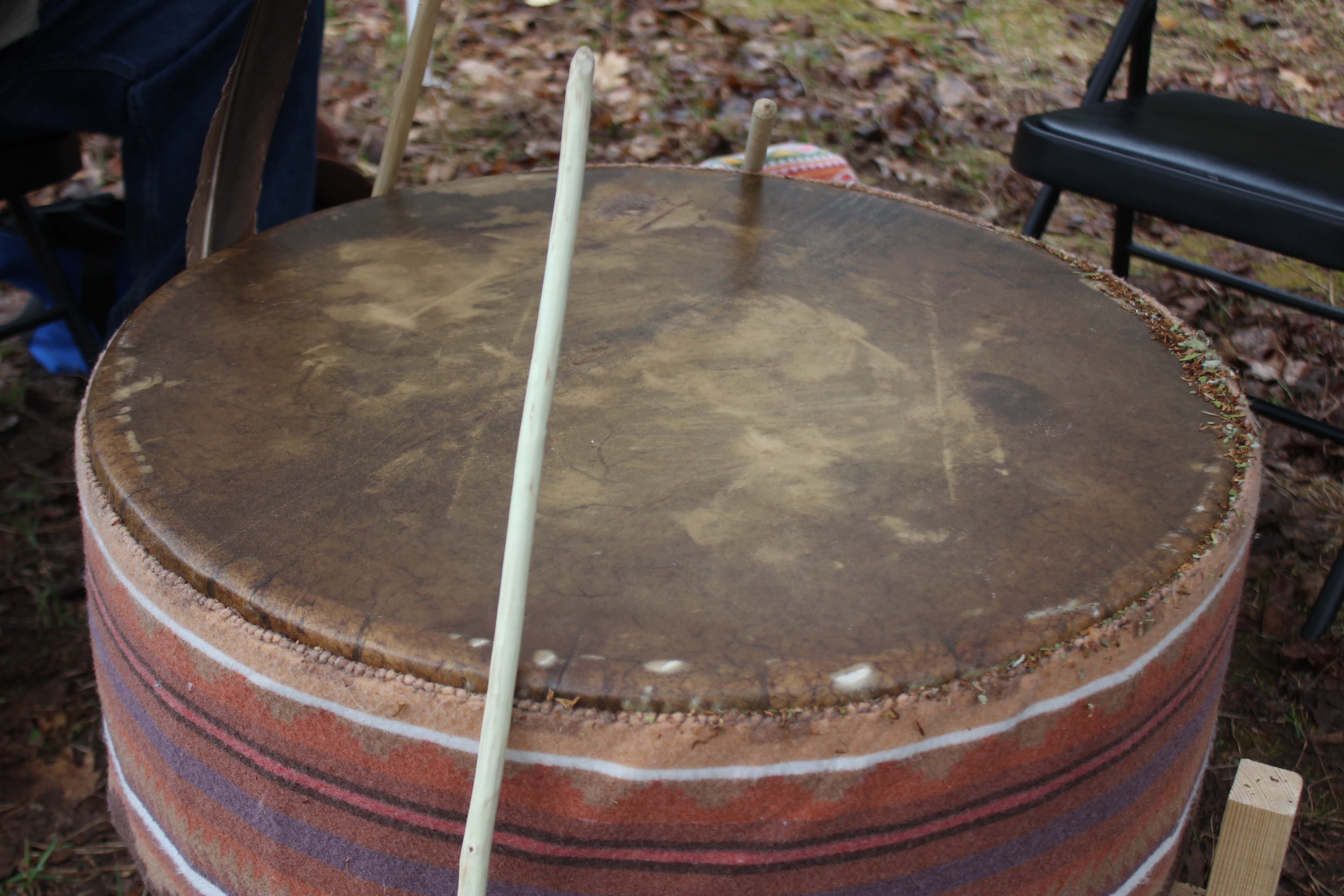By Leeanne Root, Indian Country Today Media Network
In announcing the field for the sixth annual Notah Begay III Foundation Challenge, Notah Begay III, the Navajo/San Felipe/Isleta four-time PGA Tour winner and Ray Halbritter, Oneida Nation representative and CEO of Nation Enterprises, parent company of Indian Country Today Media Network, saved the best for last.
Tiger Woods will join Begay on what they’ve dubbed Team USA on August 28 to raise money for health programs to benefit Native American youth.
Both Halbritter and Begay see the advantage of having a 78-time PGA Tour winner like Woods associated with the event.
“It really elevates the visibility,” Halbritter said during a press conference May 20.”
And while Begay said it’s always tough to get Woods because he’s in such high demand, he said Woods “understands the importance of what we’re trying to accomplish with our foundation and our initiatives and our programs and he’s such a big supporter of us.”
Team USA will also include Rickie Fowler, Navajo, who has competed in three previous NB3 Challenges and Bo Van Pelt, a PGA Tour veteran.
The four of them will be pitted against Team Asia and Team International in a combined best-ball format. Each team will have two pairs playing best-ball and the combined score of those two pairs will be the final score for that team.
Team Asia will feature eight-time PGA Tour winner K.J. Choi, PGA Tour veteran Charlie Wi, and two up and coming stars—2012 PGA Tour Rookie of the Year John Huh, the first person of Korean descent to win that honor, and James Hahn, who emerged on the scene last year.
Team International boasts players from Europe and South Africa including Lee Westwood, the former world No. 1 and 40-time professional winner, as well as 2011 Masters Champion Charl Schwartzel and Nicolas Colsaerts, who emerged as one of the stars from the winning European team from the 2012 Ryder Cup, and Henrik Stenson, 2009 Players champion.
The partnership between the Oneida Indian Nation and the foundation has raised more than $4 million in the past five years through the NB3 Challenge. And the exposure that partnership and other big names like Woods has brought the foundation has also helped the foundation obtain other important partnerships, like with Johns Hopkins University and more recently with the Robert Wood Johnson Foundation.
“The event has allowed us to garner more exposure for our work and when you have world-class partners like the Turning Stone Resort and everything it represents… it sets a precedent for future partnerships,” Begay said. “We didn’t have Hopkins when we started, we didn’t have Robert Wood Johnson when we started. We had Chairman Halbritter and myself and an idea—an idea to showcase something that has never existed in Indian country before, a world-class event that can compete with any event in the world and that’s exactly what we have.”
The partnership with Johns Hopkins has allowed the NB3 Foundation to better its programming and make it more effective for the Native youth they serve. Johns Hopkins Center for American Indian Health conducted a two-year study evaluating the impact of NB3 soccer programs at San Felipe Pueblo in New Mexico and found the programs have a significant impact on the physical fitness of Native American children.
“Basically, it’s called evidence-based programming, we make curriculum changes based upon the research and data that we’re compiling so we’re not moving the program in a direction because we feel like that’s the right thing to do,” Begay said. “We’re moving it in a direction because our evidence says it’s the right thing to do. It’s a better way to make our dollars work more effectively.”
Halbritter couldn’t be prouder to be partnered with Begay and his foundation.
“In many communities across Indian country parents are in danger of living longer than their children, which is a tragedy… We share Notah’s vision and appreciate his work to improve the lives of all American Indian youth,” he said. “We are taught culturally that all the things we have aren’t just for ourselves, they’re really for future generations so this is… exactly what we’re supposed to be doing. But not often do you get the opportunity to actually do it.”
The foundation works with Native youth to reduce the incidence of Type 2 diabetes and obesity. As Begay pointed out, “one in two of our Native American children will be classified as obese by the fourth grade and I think it goes up to six in ten will contract Type 2 diabetes in their lifetime.”
NB3 runs a number of soccer and golf programs that have benefitted more than 15,000 Native youth since the foundation’s beginning in 2005.
The NB3 Foundation Challenge will be held August 28 at Atunyote Golf Club in Verona, New York, which was named a 2012 Top 40 Best Casino Course by Golfweek, and Begay can see why. It’s one of his favorite courses.
“It’s gorgeous, there’s not a blade of grass out of place, the greens are always fast. It’s one of the premier golfing venues in the country. And I can always get a tee time,” he laughed.
Tickets to the 2013 NB3 Challenge are on sale now for $50 and can be purchased by contacting the Turning Stone Box Office at 315-361-SHOW.
Ray Halbritter, Oneida Nation representative and CEO of Nation Enterprises, parent company of Indian Country Today Media Network, and Notah Begay III, announce the 12-player field for the sixth annual NB3 Foundation Challenge. (Courtesy Oneida Indian Nation)
Read more at http://indiancountrytodaymedianetwork.com/2013/05/21/tiger-woods-join-notah-begay-nb3-foundation-challenge-149449
 By GW Rastopsoff | Alaska Native News
05/17/2013 10:15:00
By GW Rastopsoff | Alaska Native News
05/17/2013 10:15:00











